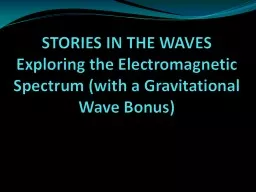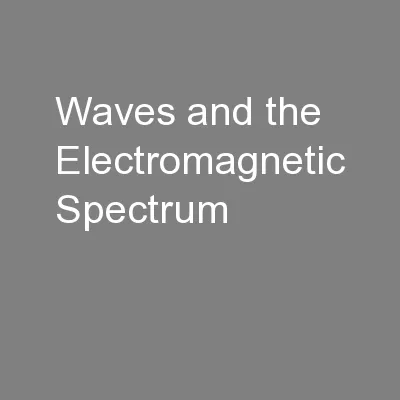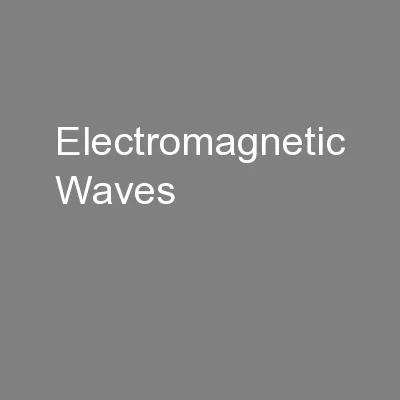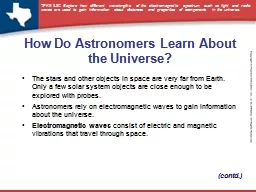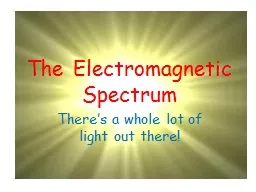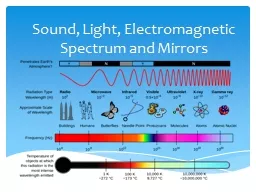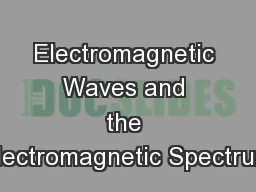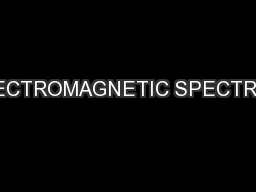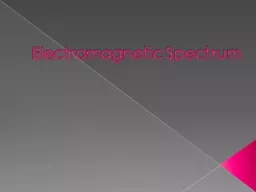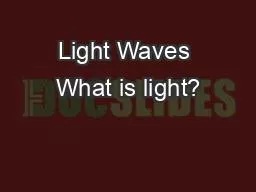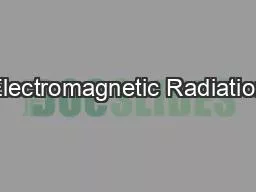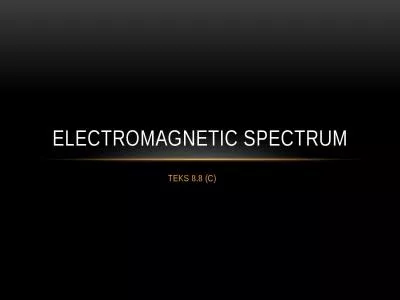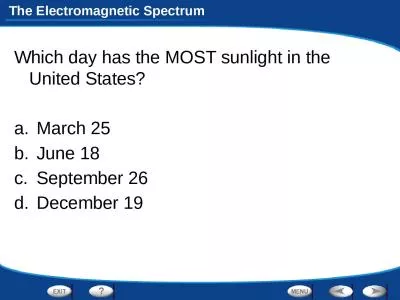PPT-STORIES IN THE WAVES Exploring the Electromagnetic Spectrum (with a
Author : studyne | Published Date : 2020-06-22
Gravitational Wave Bonus The next slides show images of the SAME region of sky but using different types of light The view in VISIBLE LIGHT INFRARED RADIO WAVES
Presentation Embed Code
Download Presentation
Download Presentation The PPT/PDF document "STORIES IN THE WAVES Exploring the Elect..." is the property of its rightful owner. Permission is granted to download and print the materials on this website for personal, non-commercial use only, and to display it on your personal computer provided you do not modify the materials and that you retain all copyright notices contained in the materials. By downloading content from our website, you accept the terms of this agreement.
STORIES IN THE WAVES Exploring the Electromagnetic Spectrum (with a: Transcript
Download Rules Of Document
"STORIES IN THE WAVES Exploring the Electromagnetic Spectrum (with a"The content belongs to its owner. You may download and print it for personal use, without modification, and keep all copyright notices. By downloading, you agree to these terms.
Related Documents

